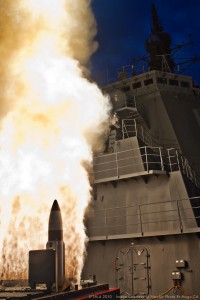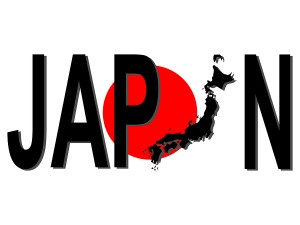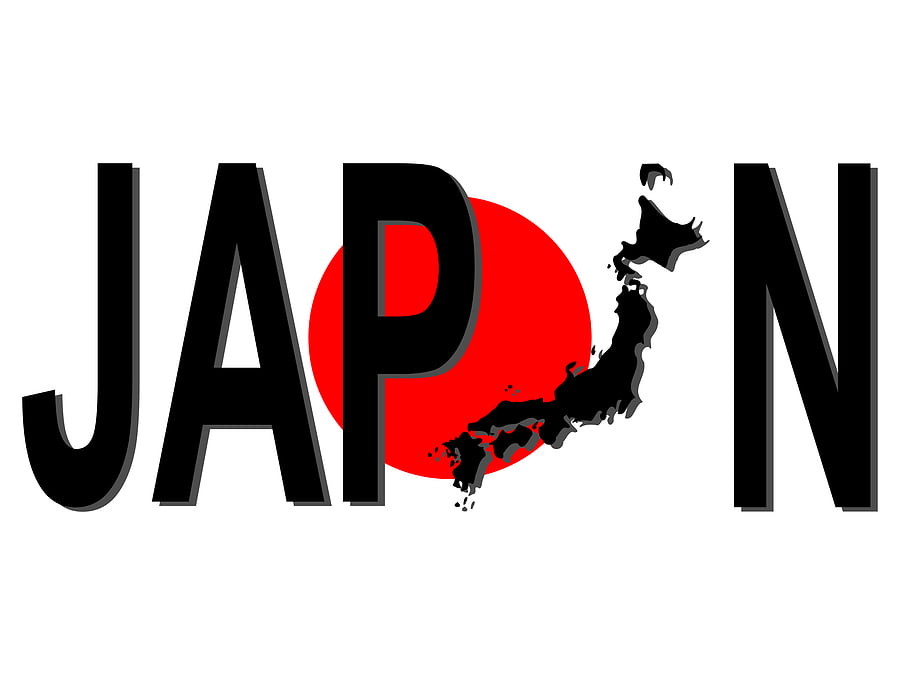2012-09-23 by Richard Weitz
Japan’s “Three Principles on Arms Exports” have also constrained the development of its domestic defense industry.
The Japanese government adopted these comprehensive restrictions on the export of military equipment in 1967 to affirm the country’s renunciation of militarism. At the time, they prohibited Japanese companies from exporting weapons to communist bloc countries; to countries under U.S. arms sales sanctions; and to countries experiencing, or likely to experience, international conflicts.
At present, the Ministry of Economy, Trade, and Industry (METI) must still approve on a case-by-case basis the export of a product or technology that has potential military use.
The METI often applies such prohibitions broadly. For example, it initially restricted sales of Sony’s Playstation 2 because its dual processor technology could help guide missiles and had other potential military applications.
Despite the general policy of defense procurement autonomy, the Japanese defense industry has long been willing to obtain foreign sources of military hardware and expertise when Japanese firms could not provide them.

For example, the Japanese government decided to purchase AWACS early warning planes directly from the United States due to the prohibitive costs associated with developing the aircraft domestically.
Whenever possible, the Japanese have tried to acquire U.S. defense technologies through licensing agreements rather than purchase turnkey weapons systems produced outside Japan.
Many major U.S. defense contractors—including Boeing, General Electric, Honeywell, Lockheed Martin, Northrop Grumman, Raytheon, and United Technologies—have negotiated arrangements with Japanese firms for the licensed production within Japan of U.S. defense systems and technologies.
Japanese security managers consider licensing arrangements acceptable since they complement rather than undermine the Kokusana policy.
By permitting Japanese firms to acquire valuable technology and equipment, defense licensing arrangements ensure that domestic companies can produce a considerable portion of high-end military equipment within Japan itself.
In addition, the Japanese government and companies save money by acquiring existing foreign technologies rather than having to develop them indigenously.
Japanese companies have then proved fairly successful at transferring their newly acquired skills and, when legally possible, technologies to producing other defense items as well as commercial products such as aircraft, electronics, and various materials.
Foreign defense contractors also find licensing deals attractive since they can play a larger production role, with minimal additional expenditures on R&D, than would be the case if the project were wholly Japanese in nature or required the development of entirely novel technologies suitable only for the Japanese market.
Until recently, the most prominent example of bilateral defense industrial collaboration occurred during the 1980s, when the Japanese government amended its policy prohibiting the export of defense technologies to expand its military cooperation with the United States, especially in the area of ballistic missile defense.
In 1988, the two countries agreed to co-develop Japan’s next jet fighter to replace the aging F-1. The project, dubbed the FSX (fighter support experimental), aimed to build a new aircraft based on Lockheed Martin’s (formally General Dynamics) F-16 Block 40 platform.
The project became extremely controversial after influential members of the U.S. Congress and the American defense community voiced apprehensions that the transfer of sensitive aerospace technologies to Japan would lead to the country’s soon becoming a formidable competitor to U.S. commercial aerospace firms. The Japanese partners, led by Mitsubishi Heavy Industries, also grew uneasy with the program.
Some Japanese had originally intended to design and manufacture the FSX entirely in Japan, and had only reluctantly agreed under U.S. pressure to co-develop the plan.
As production progressed, Japanese defense contractors working on the project arbitrarily reclassified certain technologies as “non-derived,” meaning they were allegedly developed independently of FSX and exempt for the provision requiring the sharing of technologies with their U.S. counterparts.
When the F-2 finally entered into production in the late 1990s, its costs were triple that of a comparable aircraft.
In retrospect, the Japanese would have been much better off financially either developing and producing a warplane themselves or buying an existing foreign model.
Instead of losing interest in bilateral defense industrial cooperation, however, the parties have sought to learn from the failings of the FSX project.

In particular, since the attributed many of the problems with the FSX to the project’s ambitiousness, Japanese and U.S. companies have concentrated on developing major components of defense systems instead of building complete systems as complex as a new warplane.
For example, subsequent joint U.S.-Japanese R&D projects have produced new avionics for the P-3c submarine-hunting aircraft, a low vulnerability gun propellant for field artillery, and advanced hybrid propulsion technology.
The Japanese defense community also concluded that, despite the problems with the FSX, its members gained significant insight into aerospace design from the project.
Although U.S. firms benefited less from the technology transfers since the Japanese had less to offer, the endeavor did lead them to establish teams whose knowledge of Japan’s defense policies has facilitated subsequent co-development projects.
The case of the Boeing 777 underscores the value of co-development. Through their joint endeavors, the participating Japanese and American achieved considerable cost-savings and reduced their risks associated with the development of the novel technologies associated with the aircraft.
In recent years, Japan and the United States have launched another ambitious joint R&D program, this time in the area of ballistic missile defense (BMD).
In December 2004, the Japanese and U.S. governments signed a memorandum of understanding that permitted the joint development and production of BMD-related equipment and technologies.
In 2005, the U.S. Department of Defense (DoD) agreed to license to Japanese firms the technology associated with the Patriot Advanced Capability-3 missile interceptor.
In July 2005, then JDA Director-General Yoshinori Ono said that Japan would consider exporting the interceptor missiles it was developing with the United States to third countries on a case-by-case basis if the American government requested it.
In April 2006, Japan and the United States agreed to engage in joint research and development on an advanced sea-based phased-array radar system and on BMD-related command and control systems.
The Japanese government can purchase military equipment directly from the U.S. government through the U.S. Foreign Military Sales system.
The joint U.S.-Japan BMD program has the potential to open opportunities for future collaboration between the governments and defense industries of Japan and the United States, as well as providing the potential for enhanced cooperation with non-U.S. firms.
The Japanese government has also become more open over time to purchasing military items from non-U.S. foreign sources.
For example, in 2005, Kawasaki Heavy industries purchased European-made Sterling engines for use in Japan’s training submarines. In addition, the Japanese government decided to buy European helicopters for use by Japan’s coast guard and Maritime SDF. On March 26, 2007, Kawasaki delivered the first license-built AgustaWestland EH-101 to the Maritime Self-Defense Force. The Coast Guard then began receiving AgustaWestland AW139s rescue helicopters thanks to a licensing deal through Mitsui Bussan Aerospace.
The Japanese government has also indicated interest in acquiring weapons from other sources, but to a much lesser degree than in the case of American and European firms.
In 2005, the Japanese Ground Self-Defense Force acquired small arms from Russia—including AK-47/AK-74 assault rifles, RPG-7 rocket launchers, and Dragunov SVD sniper rifles—to test the body armor and ballistic protection of some of its vehicles.
In May 2006, Indian Defense Minister Pranab Mukherjee and the JDA Director General Fukushiro Nukaga agreed to explore joint research on defense-related technologies in the context of deepening their overall security relationship.


